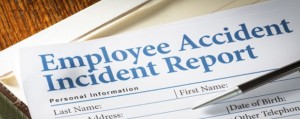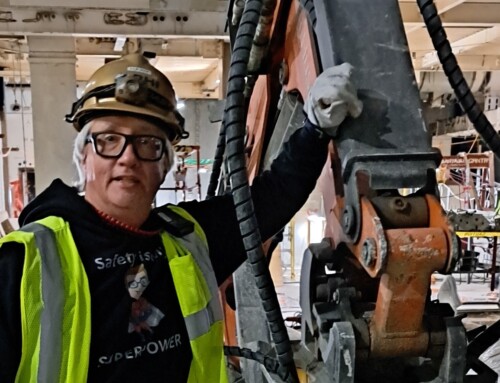 Unfinished and inaccurate accident reports (or incident reports if you prefer) can be found in every industry. Most companies require supervisors to complete accident reports when one of the people in their crew is involved in an accident—particularly if medical attention was needed. And since busy supervisors often consider this task to be a nuisance, it’s understandable why accident reports often are completed carelessly.
Unfinished and inaccurate accident reports (or incident reports if you prefer) can be found in every industry. Most companies require supervisors to complete accident reports when one of the people in their crew is involved in an accident—particularly if medical attention was needed. And since busy supervisors often consider this task to be a nuisance, it’s understandable why accident reports often are completed carelessly.
Consider the supervisors’ position for a moment. When they take the time to complete an accident report properly, what return do they see for their effort? Do they know what is done with the information? Here’s another question: are there unnecessary obstacles in the supervisors’ way, such as complicated forms with contradictory statements? The more difficult a form is to complete, the less likely it will be completed properly. Sometimes, the supervisor wants to send us a complete report, but quits his or her effort when the supervisor can’t determine which form among the seven revisions available is the current version.
Perhaps the form we expect the supervisor to fill out is part of the root cause behind the flow of shoddy reports that we end up with.
Here are 10 ways to improve your forms so they foster finished and accurate accident reports:
1 Spell out acronyms (or don’t use any) the first time they appear on the form. Even common acronyms may be unfamiliar to a new supervisor.
2 Include a “thank you” somewhere at the bottom of the form.
3 Include a legend, which defines any unfamiliar terms and explains the purpose of the form.
4 Add lines to your report form if most are returned handwritten.
5 Wherever possible, change fill-in-the-blank questions to multiple choice.
6 Don’t use small type-font size should be at least 12 point.
7 Review the form and remove any redundant questions. For example, if the form asks, “What could have prevented this accident?” there is no need to ask, “What steps should be taken to prevent this type of accident from occurring in the future?”
8 Don’t use words such as “mistake,” “error,” “wrong,” “poor,” or “bad” when referring to human behavior.
9 Provide a sample of a completed form. If possible, include examples of answers to questions on the form.
10 Include a statement explaining what will be done with the information from the report once the safety/loss control department receives it.
The key to getting a fine, finished report is to make sure it’s easy to understand and seems like an easy task that is not intimidating and doesn’t include a bunch of unnecessary information.





